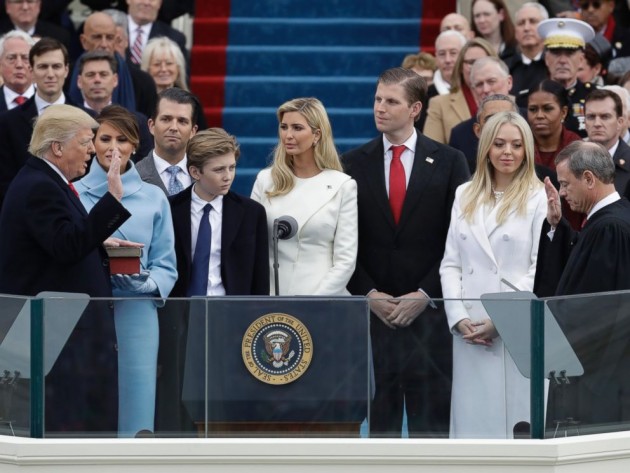Howard Students Speak Out
The US Supreme Court will revisit the death penalty issue thisOctober after a Missouri Supreme Court overturned the execution ofa 17-year old convicted of murder.
Missouri Attorney General Jay Nixon appealedthe decision, saying that the justices should have followed theSupreme Court’s 1989 ruling, which upheld the execution of twominors then aged 17 and 16.
In a 4-3 opinion cast this past August, theMissouri Supreme Court ruled that a national consensus againstjuvenile executions had evolved since 1989, allowing the court toremain under the umbrella of the Eighth Amendment and itsproscriptions of “cruel and unusual punishment.”
“The practice of executing such offenders is arelic of the past and is inconsistent with evolving standards ofdecency in a civilized society. We should put an end to thisshameful practice,” wrote Justice Paul Stevens in an October 2002opinion joined by Justices David Souter, Ruth Bader Ginsburg andStephen Breyer.
Now 28, Christopher Simmons was convicted andsentenced to death after murdering Shirley Crook of Fenton,Missouri in 1993. He and a younger accomplice broke into Crook’shome, bound her with duct tape and tossed her into the MerameeRiver, where she drowned. The Missouri Supreme Court overturnedSimmons’s sentence stating that the Constitution prohibitedexecuting people who were under the age of 18 when they committedtheir crimes.
Several students at Howard University, whowere polled on the Simmons case, voiced displeasure with Missouri’sinitial decision to execute Simmons.
“The death penalty as a whole is inhumane andwhen you give a person a death sentence, you are not giving roomfor God to make a decision,” said Senior International Businessmajor, Monique McDowell. “It simply deprives the opportunity forchange.”
Senior business major Horescia Love, concurswith McDowell.
“I don’t believe in the death penalty but I dobelieve in life imprisonment.”
Love stressed the importance of due process,where life imprisonment at a maximum could then be issued to aminor.
Students at Howard may be less inclined to bein favor for the death penalty due to the high number of blacks inprison.
According to the US Bureau of Prisons, 40percent of the prison population is Black although only 12 percentof the country is Black.
“An eye-for-an-eye shouldn’t serve as an idealfor any justice system,” said senior political science majorAlethia Ince. She stressed that the line should be drawn at 18years old for adult sentencing and should remain a steadycriterion.
University of Maryland junior, Eric Adgeypong,said that the scenario is a complicated one, which hinges on thematurity of a juvenile that commits murder.
“If you are old enough to the crime,especially a premeditated one, then you should be able to deal withthe punishment.”
The pertinent issues, Adgeypong said, are ifthe state is attempting to make an example of the juvenile to deterothers or if the state has determined that the juvenile is unfitfor society. He condemned the latter.
In 2002, the U.S. was the only country in theworld to execute a juvenile and pending a Supreme Court decisionlater this year, the U.S. will continue to lead.



